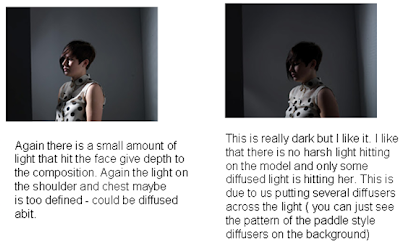To support the recent round of workshops with the H1D, I attended the scheduled Photoshop workshop, were I learnt and spent time going through the specific tools. The session covered Adjustment Layers, Masks, Paths and ran for a couples of hours.
I was glad I attended the session, as although I have used a lot of Photoshop in sixth form, I only used the adjustment tool and sometimes the selection tool, but because the tutors don’t want us to start manipulating and moving pixels they wish for us not to use the adjustment tool, so it was worth attending the class, to learn how to use other tools.
A book we was suggested to read was `Photoshop CS4 for DUMMIES`.

I think this book was worth renting out as it contains the latest tips and techniques. There's a reason why Photoshop is the industry standard for image-editing software. But it's also that big, Photoshop has so many facets and features that a handy one-stop guide is exactly what I need. In the book there is the "Putting It Together" exercises that give me hands-on experience - in rich, full colour! I also can learn the parts - the desktop, menus, panels, and key tools, and how to use Adobe Bridge Make your selection - and learn about each of the selection tools plus the powerful Pen tool and Paths panel Brush up - on the Brush and Pencil tools and how to create vector shapes, create and edit type, and put type on a path Restore and retouch - correct and enhance colour, improve contrast, and use the Clone Stamp and Healing tools to fix flaws and damage Print it . I can learn how to get the right resolution, image mode, and file format, and prepare your work for printing Open the book and find, and how to crop images and increase their canvas size Tips for creating gradients and patterns. The book also contains advice on resizing images and how to composite images with layers and blending modes, Filter techniques on how to correct or alter images and how the Vanishing Point feature makes editing easier Steps for making adjustments with levels and curves How to create contact sheets.



























